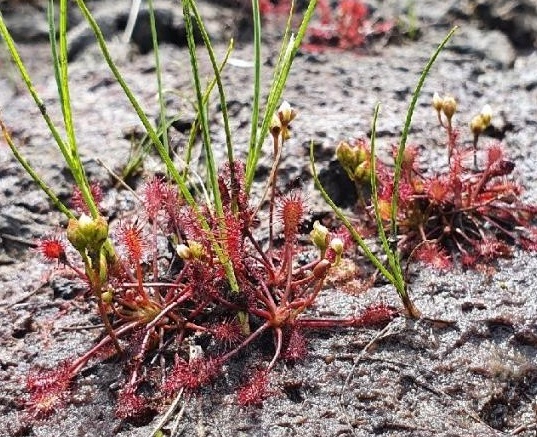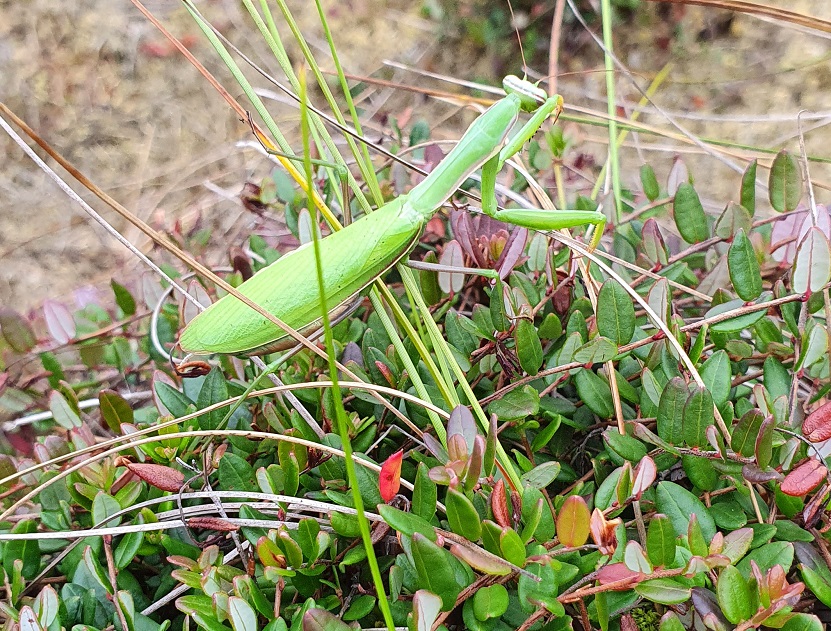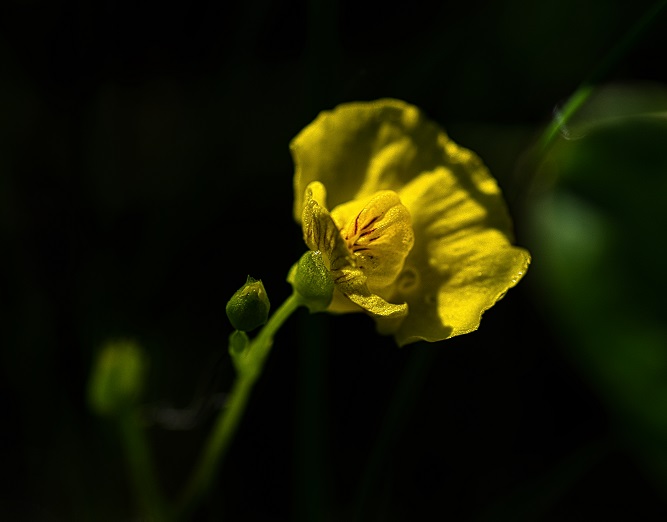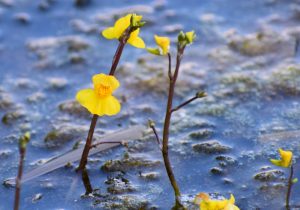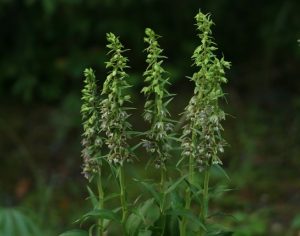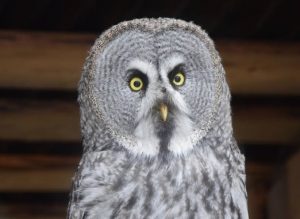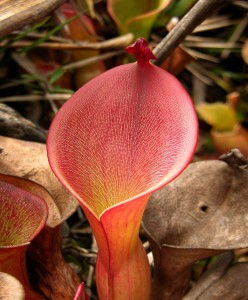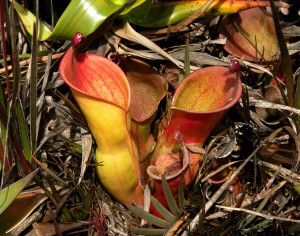In 1978, Basset Maguire described two new species of marsh pitcher plants based on the findings of several expeditions to the Guiana Highlands of Venezuela, Guyana and Brazil which he and various colleagues at the New York Botanical Garden led during the 1950s, 1960s and 1970s.
Heliamphora neblinae was one of the new pitcher plants which he authored – it represented a clearly distinct species that was distinguished from the previously described marsh pitcher plants through its hairy foliage and unique flower. Discovered in the remote north of the Neblina Range on the border between Brazil and Venezuela, H. neblinae was named in honour of the mountains where it endemically occurs and today represents one of the more obscure but at the same time, one of the most interesting species in the genus.
The other species which Maguire named in 1978 was Heliamphora ionasii a spectacular marsh pitcher plant which he had first encountered through a 1952 expedition across the Venezuelan Gran Sabana to the common base of the immense sandstone plateaus of Ilu Tepui and Tramen Tepui. The plants had been discovered growing amidst dense vegetation on the lower flanks of the mountainsides and displayed unique ecology and morphology as well as leaves that were considerably larger than those of all described Heliamphora sp. known at the time. Maguire eventually named the new plants in honour of his friend and colleague Johan Boyan who had accompanied him and co-discovered the new species. Since Roman Latin lacked the letter ‘J’, the epithet ‘ionasii’ was used to represent the Latin version of Boyan’s first name.
During the three decades since Maguire’s publication of H. neblinae and H. ionasii, the genus Heliamphora has doubled in size yet H. ionasii continues to represent one of the most spectacular yet perhaps the least appreciated of all the marsh pitcher plants. H. ionasii naturally produces funnel-shaped leaves between 20-50 cm in height which in direct sunlight develop striking red or pinkish orange colouration often mottled with subtle blotches of yellow and orange. The upper parts of the leaf are strongly infundibular, especially towards the pitcher opening which is broad and flared in shape. The conspicuous, stout aspect of the foliage perhaps enables H. ionasii plants to compete more effectively within their densely vegetated habitat or perhaps ensures that the leaves are conspicuous to insects and other animals and so trap sufficient prey.
The interior surface of the mature leaves of H. ionasii is lined with 5 – 11 mm long, downwards pointing, white hairs which project from small bump-like swellings. A second set of 0.1 – 0.5 mm hairs is present on the inner, uppermost 2 – 3 cm of the pitcher opening. The nectar spoon lid is concave and consistently dark red or purple.
As in all Heliamphora sp. the mature foliage is structurally distinct from the juvenile leaves, which are narrow, tubular and inconspicuous. Unusually however, a further distinction is discernable in the leaves of H. ionasii; the foliage of sub-mature specimens lack the profoundly infundibular aspect of large, fully mature plants and instead are principally cylindrical in shape.
Despite several newly discovered species of Heliamphora during the past decade, only two other marsh pitcher plants compete or possibly surpass H. ionasii in terms of size of foliage. The leaves of H. glabra and the stemless form of H. tateithat is found on Cerro Aracamuni and Cerro Avispa in Venezuela are rivals.
Both species produce similarly shaped, infundibular mature leaves that can exceed 50 cm in length in shaded conditions – indeed those of the Cerro Aracamuni and Cerro Avispa form of H. tatei are borne on elongated stems which if included in the measurement can make the leaves over 60 cm in length.
Unfortunately as is the case with many Heliamphora sp., the majority of plants grown in cultivation as H. ionasii are not the true species, but rather most commonly represent hybrids – either H. ionasii x elongata (which are extremely common in the wild and presumably have been collected in the past as H. ionasii) or artificial crossbreeds that have been produced in cultivation and since confused with true strains of H. ionasii. The most reliable characteristics that distinguish H. ionasii are the distinct infundibular shape of the mature foliage and the presence of the long, conspicuous, downwards pointing hairs which are seen only in one other, much smaller species, H. pulchella.
Stewart McPherson’s book Pitcher Plants of the Americas examines the wild ecology and remarkable diversity of all of the known American pitcher plants including H. ionasii. Stewart is selling copies personally through his online company www.redfernnaturalhistory.com to raise money for the Meadowview Biological Station – with the goal of donating 5 to 10 acres of Sarracenia habitat for permanent protection – please see www.redfernnaturalhistory.com/conservation.htm.
Stewart McPherson, 2007
